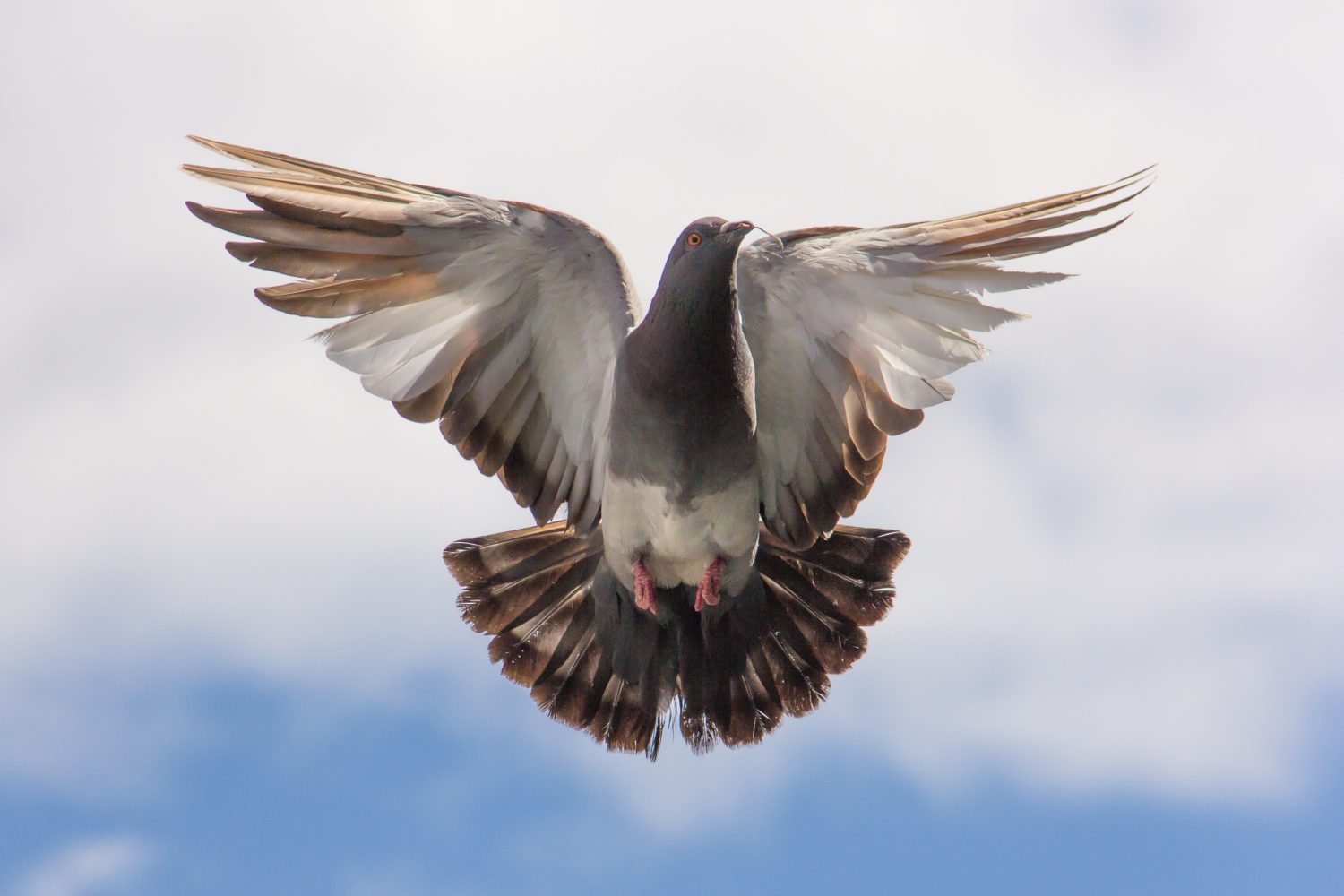How Did Pigeons Become Such Pests?
by
Some birds are so beloved that they are kept as pets and cared for as family members. Other birds are so prized that people spend time tracking them just to catch a glimpse of them in nature. And then there are pigeons. Pigeons are considered public enemy number one when it comes to birds. Homeowners, business owners, and communities alike invest large amounts of time and money into keeping pigeons away from their property. People sometimes refer to pigeons as “flying rats,” and they are generally considered to be dirty, destructive, and a nuisance to have around. The question remains: just how did pigeons get this reputation as pests? Take a closer look at the history of pigeons and how they evolved into pests in urban centers and residential areas here.
Pigeons have a better pedigree than you might expect.
Today’s pigeons are the descendants of the rock dove. These birds lived on cliffs in their early days, but in Mesopotamia and across the Middle East, they were encouraged to live near homes and were eventually domesticated. They lived in nesting houses in homes in both cities and rural areas and were used as both a source of protein and for religious sacrifices.
Watching pigeons live in captivity, people observed their behaviors. They noticed that pigeons were extremely intelligent, that they mated monogamously and that each pair of pigeons cared together for their offspring, and that they possessed an intense homing instinct. Except for when they were protecting their homes and families, they lived peacefully. In short, people observed in pigeons the qualities that they appreciated in humans, and as such, they prized them.
It was from this admiration of their abilities that humans were inspired to train pigeons. Messenger pigeons were used as far back as ancient times, and they played a central role in many periods of history, including World War I, when they were known as “thoroughbred messengers of the sky.” There is a story of a pigeon delivering a message during that war even after losing a leg and getting a bullet fragment in its chest. Pigeons are also exalted in artwork, writings, and even medications throughout many periods of history.
Fancy pigeons and homing pigeons are still embraced.
There are two kinds of pigeons—fancy pigeons and homing pigeons—that are widely embraced and prized. After working with pigeons for so long, humans realized that it was easy to manipulate the characteristics of the birds through breeding. Fancy pigeons arose from this practice of breeding pigeons to have specific colors, feather styles, and other characteristics. These pigeons first became popular among the wealthy in the Victorian Age, but soon, even working class people engaged in the hobby of breeding and maintaining fancy pigeons. At one time, the hobby was a sign of class, ambition, or wealth. Today, fancy pigeons are still very much a hobby, though they are less popular than they used to be. Competitions and fancy pigeon shows are held each year across the world.
Homing pigeons are often trained and bred for sport. There are pigeon sports clubs in which homing pigeons race. This hobby is extremely expensive, and so it is limited to only a select group of people across the globe. A flock of birds bred from a successful racing pigeon can net as much as $100 million. Mike Tyson is the most visible member of the homing/racing pigeon community.
Feral pigeons are the ones that people consider to be pests.
If you experience a pigeon infestation at home or see pigeons flocking around a city center, they are almost certainly feral pigeons. These pigeons are escapee domesticated pigeons or the descendants of escaped domesticated pigeons. There are a few reasons that these pigeons are not considered to be desirable like fancy or homing pigeons. One is that they usually travel in large groups, making them extremely destructive to property. Their waste is highly acidic, so when they infest a single area in large numbers, their waste can damage paint and other surfaces. The sheer number of birds can also cause structural damage to the properties that they decide to call home.
Feral pigeons are also widely recognized as being disease-spreaders. Their droppings are known to carry fungi, bacteria, and viruses that can cause infection. There have even been fatal cases associated with exposure to pigeon droppings in people with reduced immunity. Though the risk is likely small for healthy people, the risk is enough to make people want pigeons off their properties.
These types of pigeons can be frustrating to deal with, since they have the strong homing abilities that bring them back to the same place over and over again. One thing to note, however, is that despite the strong differences of perception between fancy and homing pigeons and feral pigeons, Charles Darwin proved that they are all descendants of the rock dove.No one wants to deal with uninvited pigeons on their property, so if you’re not a fancy pigeon breeder or a homing pigeon racer, call Premier Pigeon Control for help. We can assist with safe and effective pigeon infestation removal methods for residential and commercial customers. For assistance with pigeon control in Tucson, call (520) 882-0078, or for help in Phoenix, call (480) 437-4093.
